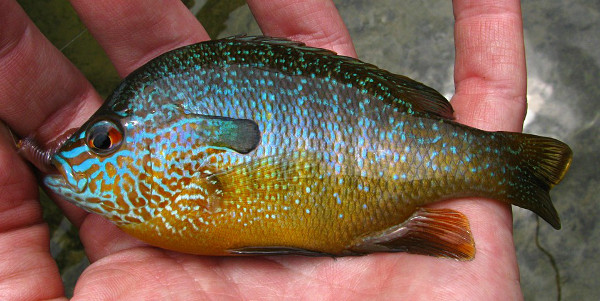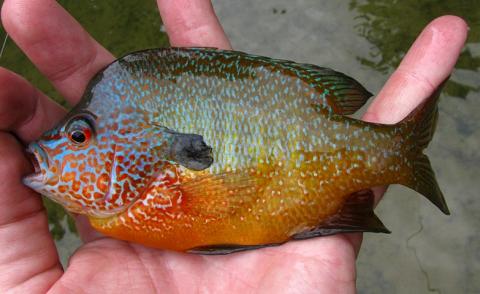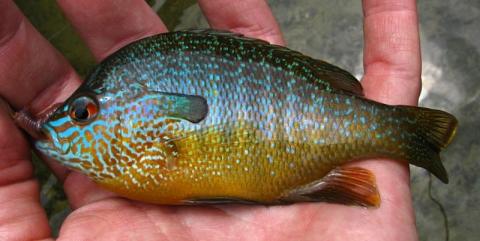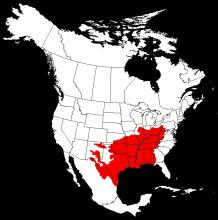|
Post date: Friday, June 9, 2017 - 22:55
Gasconade river MO |
Post date: Friday, July 6, 2018 - 13:29
Spring River, Carthage, MO |
Post date: Friday, July 5, 2013 - 11:37
Jimmerson Lake
Angola, IN |
Post date: Thursday, March 22, 2012 - 22:17
Big Piney Creek near Newberg Missouri |
Post date: Sunday, August 26, 2018 - 17:15
DC |
Post date: Wednesday, July 1, 2015 - 22:45
Secret Spot, MO |
|
Post date: Sunday, July 10, 2016 - 23:23
Canoe Creek, Kentucky |
Post date: Wednesday, June 21, 2017 - 20:56
Gasconade River,Dixon, Missouri |
Post date: Thursday, July 5, 2012 - 11:23
|
Post date: Wednesday, June 28, 2017 - 10:48
Flat Creek Mo |
Post date: Sunday, June 14, 2015 - 11:56
|
Post date: Thursday, May 16, 2019 - 21:49
Nashville, TN |
|
Post date: Thursday, April 26, 2012 - 22:10
|
Post date: Sunday, June 22, 2014 - 09:36
Urbana, IL |
Post date: Wednesday, March 28, 2012 - 20:03
Silver Creek, Baldwin County, AL |
Post date: Wednesday, June 6, 2012 - 23:27
Finley river, MO. |
Post date: Saturday, July 7, 2012 - 12:19
Point A Dam tailwaters |
Post date: Tuesday, April 26, 2016 - 15:49
Spring river , Missouri |

 Powered
Powered



















